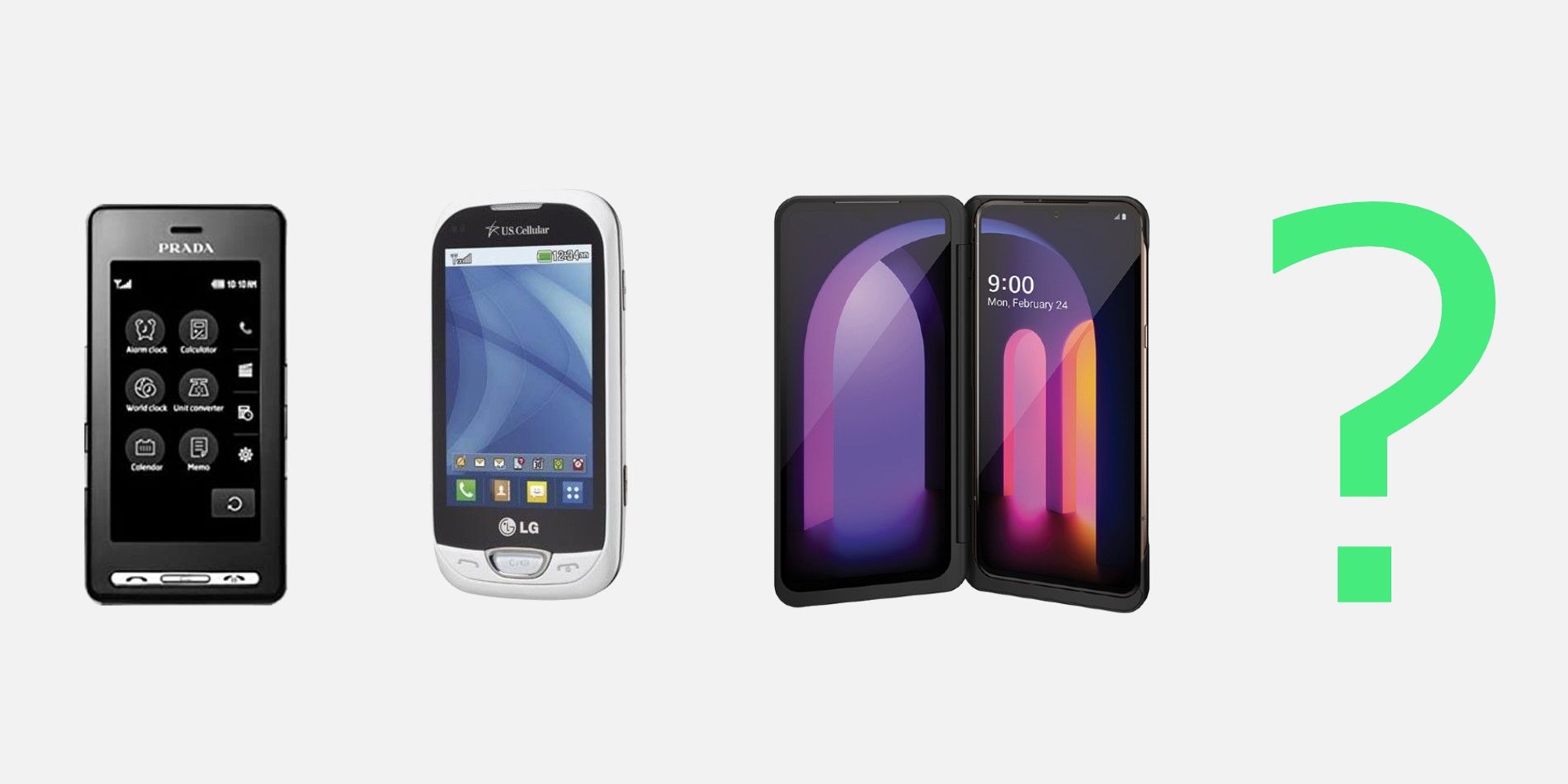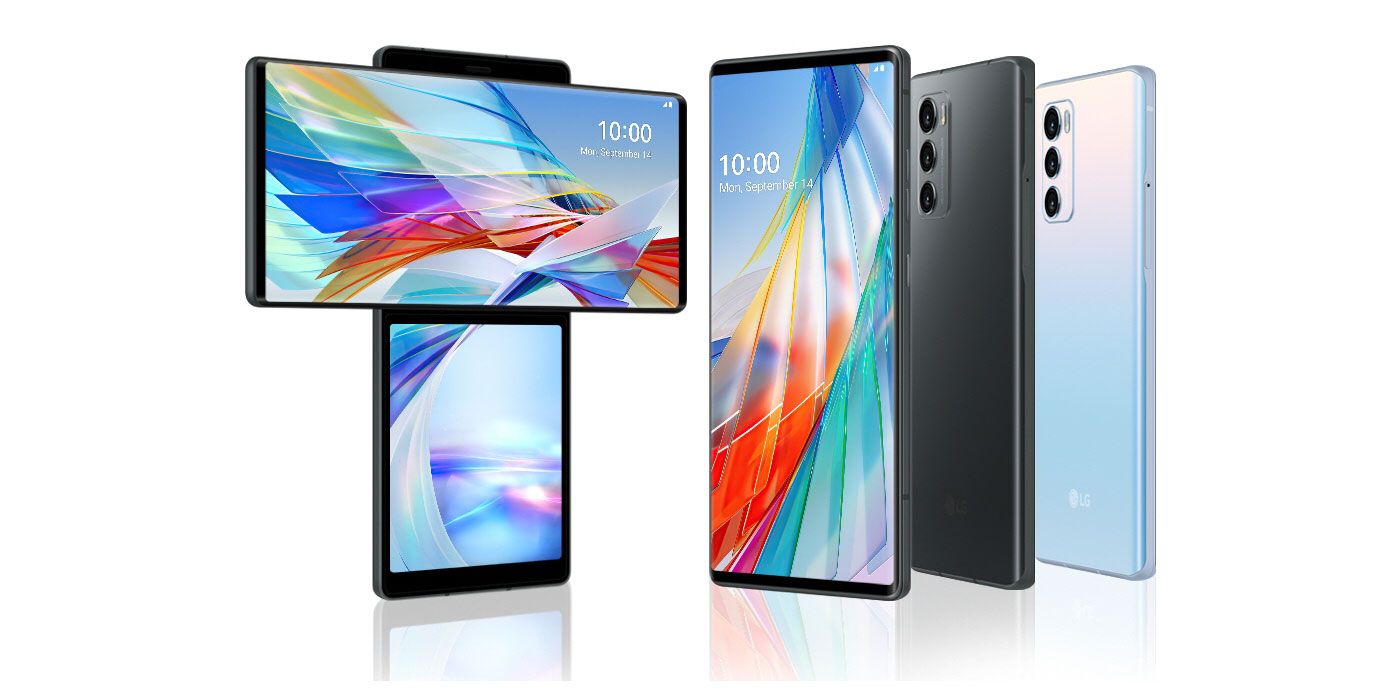LG is considering leaving the smartphone market this year, having struggled to keep up with competitors. The company's smartphone division has lost around $4.5 billion over the last five years and the company CEO Kwon Bong-Seok has notified employees that significant changes to its smartphone business are being considered. Competition in the mobile device market is fierce and LG does not compete with the likes of Samsung and Apple in the way a company of its size might expect to. Indeed, LG isn’t even named in IDC's smartphone market share vendor overview as it is listed under the 'others' category.
LG Electronics manufactures home appliances, display devices, multimedia goods, and mobile devices. By the year 2000, it had become one of the strongest mobile phone manufacturers in the world, dominating globally in sales. The company would develop a reputation for producing unreliable cell phones and mobile devices with gimmicks that would soon be forgotten, though. It has also had an ongoing issue with software support and is known for not updating its Android mobile devices soon enough or often enough.
The Korea Herald now reports that LG may either downsize its mobile device segment or outright dismantle it. In a last-ditch effort to improve profits, LG slashed costs, ditched the G series brand, and launched the LG Velvet and LG Wing, but these actions have not improved the company's standing in the market. Currently, LG has just a 3 percent share of the mobile phone market. In comparison, IDC data shows rivals Samsung at 23 percent, Huawei at 15 percent, and Apple at 12 percent.
LG's Reputation For Wacky Designs
Is it a good idea for LG to leave the mobile device market? In the past, it has scored big points in innovation in the mobile device market. For example, the LG Prada was very similar to the iPhone and future Android smartphones as it featured a capacitive touchscreen above hardware buttons, Bluetooth, a web browser, and a camera. The surprise is that the Prada was released a month before the original iPhone, which officially makes it the first mobile device with a capacitive touchscreen. Even though the LG Prada suffered a few problems, like a serious lack of internal storage and Wi-Fi capabilities, it was an indication that LG could compete if it tightened up and learned from its mistakes.
LG has always had a reputation for coming up with leftfield and innovative designs meant to awe consumers. Unfortunately, most of these have fallen flat and not caught on, forcing LG to try and catch up with brands like Apple and Samsung by playing them at their own game. If LG is to succeed, though, it needs to stop trying to mimic the competition and go its own direction. Recently, LG launched the Wing, a strange-looking dual-screen smartphone that has garnered some positive attention. The Wing offers two displays; the main display is 6.8 inches and an additional 3.9-inch display is revealed using a clever hinge mechanism that swings it up and round. When the Wing is opened, it resembles the letter 'T'. It's a strange design, but it does work.
The Wing is an experimental approach to some of the problems users have with smartphones as it improves upon the usefulness of a dual-screen smartphone. While the Wing is somewhat weird, it stands out as an engineering success that could improve the company’s standing in the mobile device market. As such, it seems to make more sense for LG to slow things down, focus, and continue to innovate in order to become relevant again rather than to exit the market altogether.
Sources: The Korea Herald, IDC


